In this blog post, we have curated expert tips to choose paint colours for your home interiors.
How to Select Colours for a Home that Compliments the Decor?
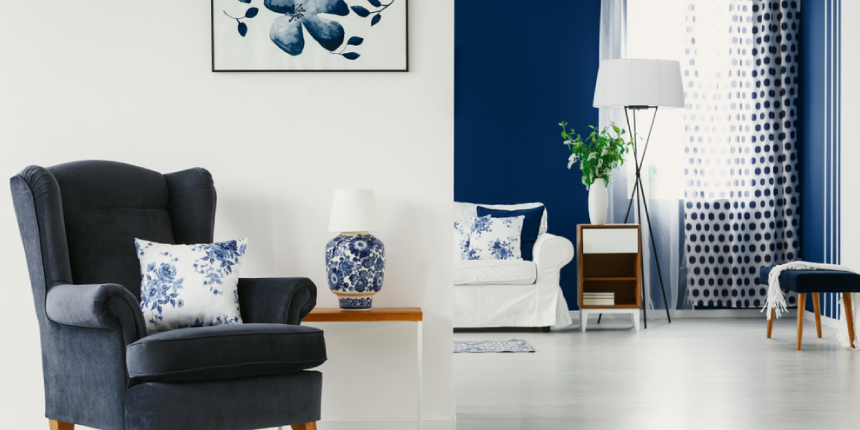
Furniture and furnishing are the best hacks in choosing interior paint colour for your home. Take a throw pillow, bedding, a piece of art, and even table linens for your inspiration. If you have light-colour furniture, go for subtle wall shades for your home to achieve a seamless interior design look.
Moreover, if you’re creating an accent wall, pick bright shades in the elements to stimulate interest in a room scheme. You can also opt for dark shades if you have an open and airy space to create a warm and cosy ambience in the layout.
How to Choose Colours for Home that Matches Your Aesthetic?
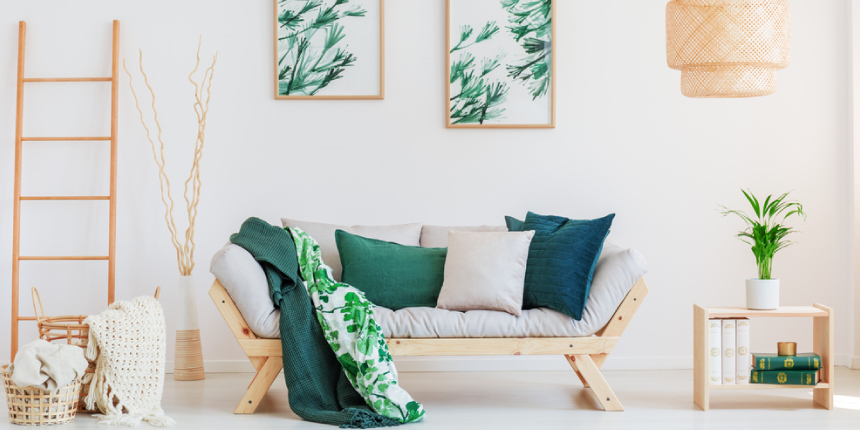
Before choosing a wall colour for home, decide the ambience you want to create. Are you looking for something cosy and intimate or rich and dramatic? Basis the theme, select a paint colour accordingly that helps you achieve that feeling. The psychology of the colour evokes an emotional response.
- Cool colours and soft tones like turquoise blue, green, cream, and lavender are perceived as restful and soothing, ideal for private spaces.
- Warm tones like beige, terracotta and soft yellow enliven the social living spaces.
If you’ve found a highly saturated colour, pick a slightly greyed or muted shade of the same colour to avoid overwhelming the space.
Consider Lighting while Selecting Paint Choices

Lighting will affect how to choose colours for a home. Since one colour may appear different in one room than the other, this phenomenon is termed as “illuminant metamerism.” It implies that colours may take on distinct hues when viewed under different light.
When choosing the paint options, consider the cardinal directions of the room, and the number of windows.
- North-facing rooms provide indirect natural light, infusing warm and soft tones that are preferable for these spaces to feel bright and airy.
- South-facing rooms have intense warm light due to the sun coming throughout the day. Pale colours and white tones may wash out or seem dull, while darker shades appear brighter. Cool colours such as blue and green prefer to balance yellow lighting.
- East-facing and west-facing rooms flood with either warm or cool lighting, depending on the time of day. So, choose colours for your home in warm or cool tones that enhance the appeal of the living space.
How to Choose House Colour Architecturally?
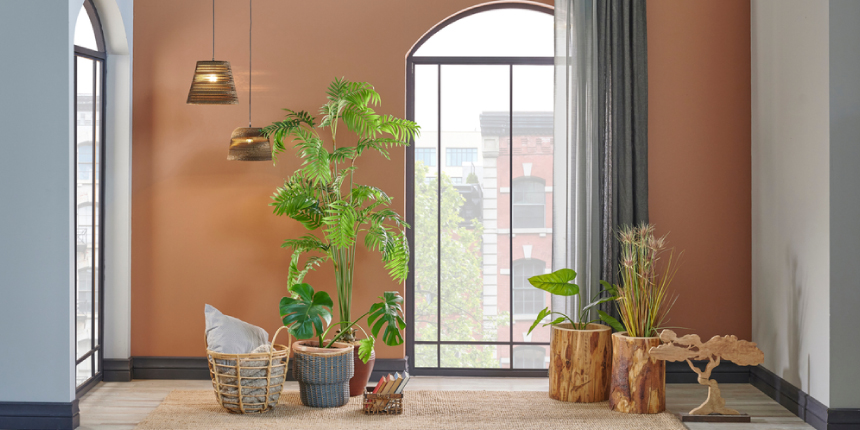
One of the most effective ways to use paint options to transform a living space is to play up its architectural features- ceilings, door casings, wall mouldings, arched doorways, windows, wainscots, etc. add visual appeal to the room.
Painting mouldings or doorways just one step lighter or darker than the primary wall creates the focal point in the space. Coloured ceilings are gaining traction in the interior design world. From experimental ceiling colour ideas to modern ceiling paint designs, pick a shade that coordinates with your wall scheme. In addition, to create a striking effect, consider hues such as sky blue, warm tan, blush pink, or charcoal grey for elevating the interiors.
Imply the 60-30-10 Rule to Select Colours for Home
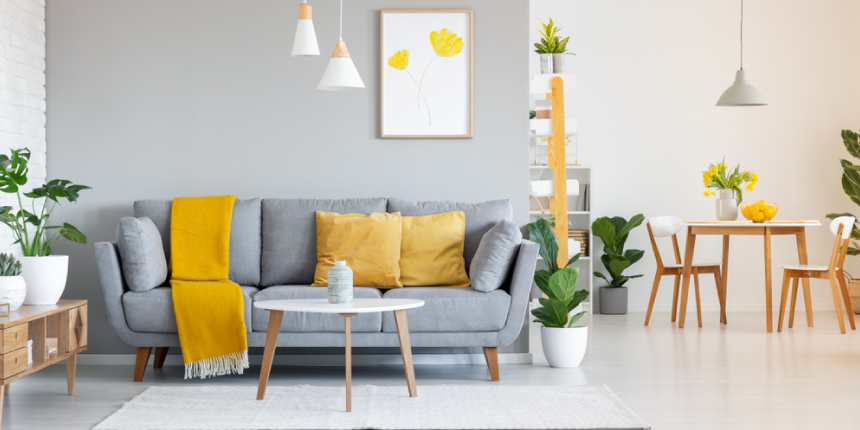
When decorating a living space, create balance with paint colours for an enhanced appearance. Divide the colours for the home into components of 60 percent of a dominant colour (walls), 30 percent of a secondary hue in upholstery and 10 percent of an accent shade in decor accessories. This ratio ensures an aesthetically pleasing room with a pop of interest.
How to Choose Wall Colour Using Neutrals?
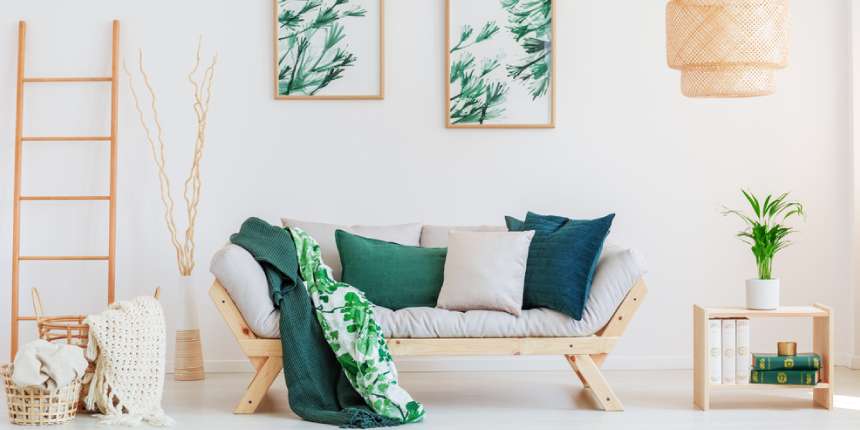
Choosing neutral paint colours for the home, including white to creams, greys and taupes, make a soft backdrop to bold pops of colour for accents and accessories. This type of layout creates a sophisticated blend of texture and shade.
- If your walls are neutral colour designing a room with an eclectic mix of furniture and lighting can add a unique character to the living space.
- Changing out the accent pieces becomes easy with the latest trends for striking home interiors.
- Swapping out your decor with the seasons can revamp your look cost-effectively.
Make a Flow in Open Spaces with Paint Options
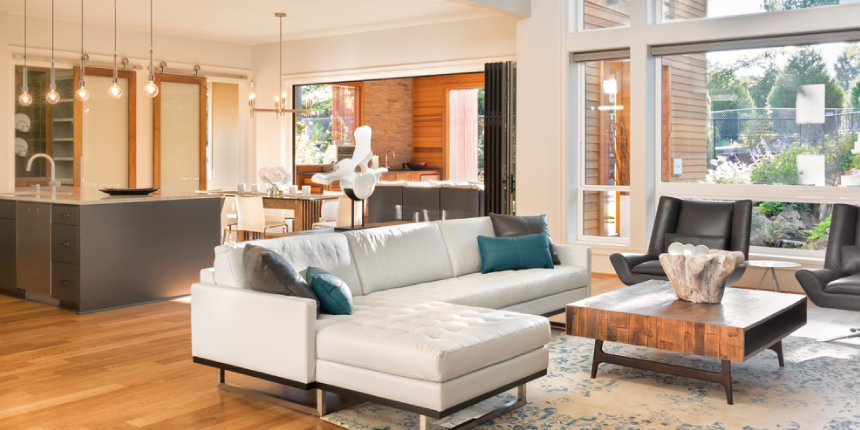
Continuity is essential if you have an open space, you can choose wall colours to designate the areas visually. Pick different wall colours for both dining and living areas, or use muted shades to create a harmonious flow. Further, you can mix and match warm tones with neutral shades and bright colours with lighter tones, injected in small doses as accents—in furnishings, floor coverings, and plants.
Pick the Right Paint Colour that Creates Contrasts

If your goal is to create a drama in the home, try using two different colours in the same room. For example, mixing warm and cool shades brings dynamism and personality to a space. You can use the pop of colour in the accent pieces to liven up the interiors or highlight the architectural elements to provide interest in the design scheme.
How to Choose Wall Colour Type Using Paint Sheens?
When choosing the paint choices for interiors, pick the right sheen. In general, the higher the sheen, it’s easy to clean. However, the sheen quality in paints will accent flaws, so if you’re trying to hide any blemishes in your walls, go with a lower paint sheen.
- Choose the satin finish on walls in higher-traffic areas like hallways and kids’ rooms.
- Flat or matte is best in private rooms that won’t be touched much, like master bedrooms.
- Use Eggshell paints that are more durable than flat or matte paint for social spaces like living rooms or dining rooms.
Create a Whole Colour palette with Paint Options
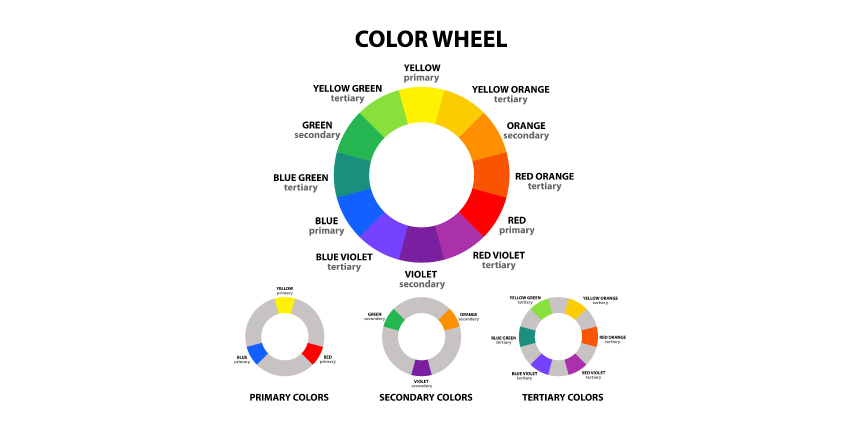
Use the colour theory for the whole home colour palette to create a cohesive look. The colour wheel will give you guidelines on how to choose wall colours for home interiors that might relate to each other and provides you with the creativity to use those shades in different ways in different rooms.
Choosing a Colour for Home – Testing is Sacrosanct!

The best interior design painting tip is always to sample any paint colour you’re considering. There are various options to choose from: perform a paint test on your home walls or try on pieces of cardboard or pape. Regardless of the testing method, it’s recommended to sample the painting colours to find the perfect paint choice for your home. However, once the tester paint has been applied and dried, check throughout the day to see how the natural and artificial lighting affects the way they look for the final selection.
Showcase Your Personal Style!
Don’t be afraid to experiment with colour and explore the different choices. Enveloping a room in a bold colour is a surefire way to pack a punch while choosing the neutral shade creates a backdrop that lets the other pieces in the room shine. For paint colour queries and other home decor ideas, contact the experts at Interior Company.
